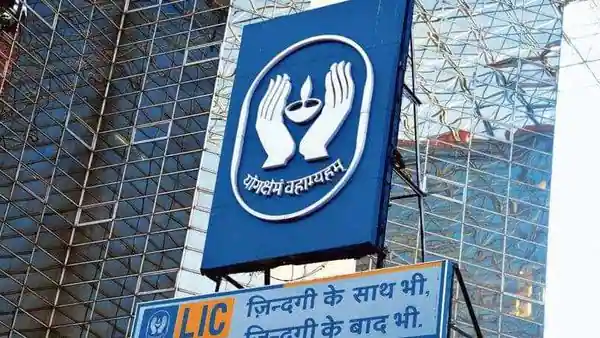As LIC prepares for the IPO, what explains the fivefold increase in its intrinsic value?
A recent amendment to the LIC law split its corpus of surplus funds into two funds, with a change in the attribution ratio
Ahead of its mega IPO, billed as India’s largest, Life Insurance Corporation of India’s (LIC) intrinsic value (EV) has raised eyebrows. The state insurer’s EV which stood at ₹95,605 in March 2021 rose to ₹5,39,686 crore in September 2021.
What may appear to be an increase in the figures before the first offer is in fact the result of an amendment to Article 24 of the Life Insurance Companies Act, made by the Finance Act 2021, said experts. The enhanced valuation was performed by Milliman Advisors, an independent actuary.
Intrinsic value, according to Investopedia, is a valuation measure used to estimate the consolidated value of shareholders’ stake in an insurance company. It is obtained by adding the present value of a company’s future earnings to the net asset value (NAV) of its capital and surplus. EV is also referred to as market-consistent embedded value (MCEV).
Two funds instead of one
Advertising

LIC, as all insurers do, reinvests the premiums it receives in various instruments. The resulting profits were previously held in a single “living fund”. Excess funds were then split between policyholders and shareholders in a ratio of 95:5. (It may be noted that currently the government is the sole shareholder of LIC; after the IPO, 5% will be held by the public.)
Read also : Changing business mix will make LIC a big threat to private players
Thanks to the recent amendment, the single fund has been split into two participatory (par) and non-participatory (non-par) funds. A participatory contract allows an insured to obtain a bonus. Examples of such products are Jeevan Labh and Bachat Plus. On the other hand, non-participatory products, such as Saral Pension and Nivesh Plus, do not offer such bonuses.
Now, after the amendment, the ratio has been changed to 90:10. So while policyholders will get 90% of the excess, shareholders – including the government and those buying LIC shares – will get the remaining 10%. But this change will be made “in a phased manner”, according to LIC’s Red Herring Prospectus Project (DRHP). It was this change that led to a substantial increase in LIC’s VE.
How Increasing EV Helps
A Reuters report observed that the increase in EV will increase LIC’s market valuation, which in turn will yield more to the government for its 5% dilution of its stake. This would be a boon for the state coffers, as the divestment objectives are far from being achieved.
A report by Macquarie estimated that the price multiple of LIC, with the increase in EV, amounts to around 1.9 to 2.8x, assuming its market valuation is 10 to 15 lakh-crore. ₹. Multiples of private sector peers HDFC Life Insurance Co and SBI Life Insurance are 4.1x and 2.9x respectively.


Comments are closed.